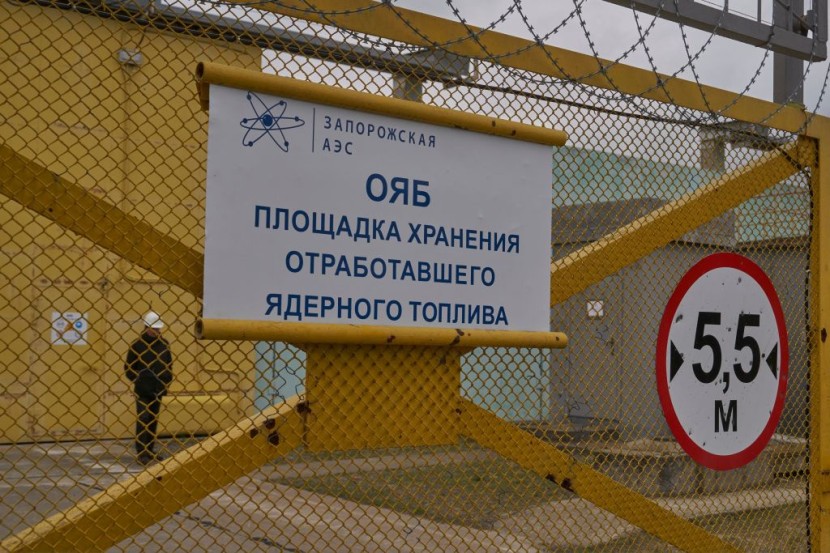UN's nuclear watchdog has raised concerns regarding the safety of the Zaporizhzhia nuclear power plant as it has become even more unpredictable following the ordered evacuation of residents from the Russian-occupied areas near the facility. Over a thousand people, including 660 children, have been evacuated.
The nuclear plant is Europe's largest nuclear power station that is held by Russian forces. Enerhodar was among the 18 settlements whose residents were evacuated over the weekend.
Challenging Conditions
Most staff live in the town. With the challenging conditions surrounding the nuclear plant, there are deep concerns about the threat of a severe nuclear accident and the associated consequences for the environment and the population.
The town's evacuation came amid rumors of an anticipated Ukrainian counteroffensive, with the southern region likely to be a major target as Kyiv seeks to push back Moscow's invasion, as reported by CNN.
The six reactors in the plant are all in shutdown mode, and its equipment is being maintained.
Read also : Russia-Ukraine War: Vladimir Putin Approves UN Visit to Zaporizhzhia Nuclear Plant Amid Radioactive Threats
A Necessary Measure
The evacuations were necessary due to the intensified shelling of settlements close to the front line.
According to local Telegram channels, there were sightings of evacuation buses and authorities telling residents to pack their bags and their children out of schools.
The evacuated residents were held in temporary accommodation and had everything they needed.
According to Ukrainian officials, Russian forces have used evacuations as a way to deport Ukrainians forcibly. It was claimed to be a standard practice previously used by the Russians to set up their own defense lines and set their units to use while using local civilians as a cover.
However, the Ukrainian authorities have assured that their evacuation is voluntary and aimed at protecting civilians from the ongoing conflict. The shelling has intensified in recent days, with reports of civilian casualties and damage to infrastructure.
The conflict in eastern Ukraine began in 2014 following Russia's annexation of Crimea. Pro-Russian separatists took control of parts of the Donetsk and Luhansk regions, leading to a war that claimed over 13,000 lives. Despite numerous ceasefire agreements, the conflict has continued, and tensions have risen in recent months.
The evacuation of civilians is a worrying sign that the conflict may escalate further. The international community has called for an immediate ceasefire and a peaceful resolution to the conflict.

The ongoing conflict in eastern Ukraine has caused immense suffering for the local population, with thousands of civilians caught in the crossfire between Ukrainian forces and Russian-backed separatists. The violence has led to widespread displacement, with many families forced to flee their homes and seek refuge elsewhere.
Despite efforts by international organizations to provide humanitarian aid and support those affected by the conflict, conditions remain difficult for many displaced Ukrainians. Many are living in temporary shelters or overcrowded apartments without access to basic necessities such as food, water, and medical care.
In addition to causing human suffering on a massive scale, the conflict has also had serious economic consequences for Ukraine. The country's infrastructure has been damaged extensively by shelling and other forms of military activity; this damage will take years, if not decades, to repair fully.
Related article : Russia-Ukraine War: Satellite Images Show Scary Damages at Zaporizhzhia Nuclear Plant, Raise Fears of Radioactive Disaster
© 2025 HNGN, All rights reserved. Do not reproduce without permission.








